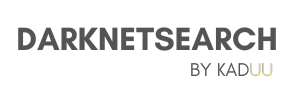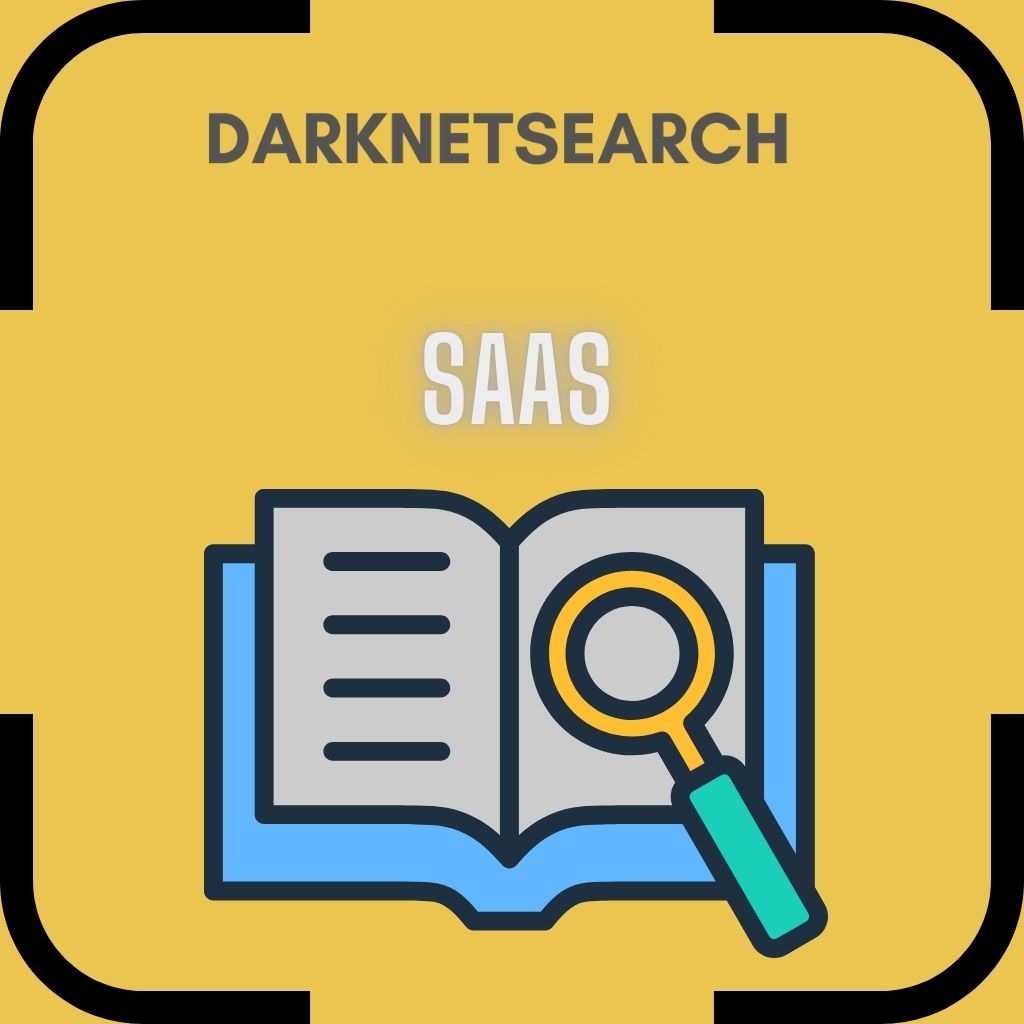➤Summary
What is a SaaS (Software-as-a-Service)?
SaaS, or Software-as-a-Service, is a software distribution model where applications are hosted by a provider and delivered to users over the internet. Unlike traditional software, which requires installation on individual devices, SaaS solutions are accessed via web browsers and operate on a subscription basis. 🌐
The SaaS model has transformed the way businesses consume and manage software. It allows for scalability, automatic updates, and reduced IT overhead. Understanding what SaaS is and how it fits into the broader landscape of cloud computing is essential for organizations looking to stay agile and competitive.
How SaaS Works
In a SaaS environment, the service provider manages:
- The application code and infrastructure
- Software updates and bug fixes
- Security and data backup
- Hosting and server maintenance
Users simply log in through a web interface and use the software on-demand. This model is made possible through cloud computing infrastructure, especially platforms like AWS, Azure, and Google Cloud. ☁️
Key Features of SaaS Platforms
- Accessibility: Use the software anywhere with internet access
- Subscription-Based: Monthly or annual pricing instead of upfront license fees
- Multi-Tenancy: One instance of the software serves multiple users securely
- Scalability: Easy to scale up or down based on user needs
- Maintenance-Free: No need for in-house installations or manual updates
Benefits of Using SaaS
✅ Cost Savings: No hardware requirements or large upfront costs ✅ Rapid Deployment: Quick setup without complex configurations ✅ Automatic Updates: Always use the latest version ✅ Remote Collaboration: Ideal for hybrid or remote teams ✅ Data Security: Centralized control and encryption protocols
Popular Examples of SaaS Applications
- Google Workspace (Docs, Gmail, Calendar)
- Microsoft 365 (Outlook, Teams, Word Online)
- Salesforce (CRM software)
- Zoom (video conferencing)
- Slack (team communication)
- Shopify (e-commerce)
- Dropbox (cloud file storage)
These tools are widely used across industries, from startups to global enterprises. 💼
SaaS vs Traditional Software
| Feature | SaaS | Traditional Software |
|---|---|---|
| Deployment | Online / Cloud | On-premise |
| Pricing Model | Subscription | One-time license |
| Maintenance | Managed by provider | Managed by user |
| Accessibility | Anywhere with internet | Only on installed machines |
| Upgrades | Automatic | Manual / Periodic |
Use Cases Across Industries
- Healthcare: Patient data management, appointment scheduling
- Finance: Invoice processing, reporting, tax automation
- E-commerce: Online stores, payment integration, inventory control
- Marketing: CRM, email automation, analytics
- Cybersecurity: Threat monitoring tools like DarknetSearch
Security in SaaS Environments
SaaS platforms must adhere to strict security standards:
- Data encryption (in transit and at rest)
- Multi-factor authentication (MFA)
- Compliance with GDPR, HIPAA, SOC 2
- Access control and audit logging
🔐 SaaS vendors often publish transparency reports and allow clients to perform regular audits.
Risks and Challenges of SaaS
- Data Privacy Concerns: Your data resides on third-party servers
- Downtime Risks: Service availability depends on the provider
- Limited Customization: Not all SaaS tools are deeply configurable
- Vendor Lock-In: Switching providers can be complex
Understanding these risks helps businesses plan effective SaaS governance strategies.
How to Choose the Right SaaS Platform
- ✅ Evaluate feature set and pricing tiers
- ✅ Check security certifications and compliance
- ✅ Test user interface and integration capabilities
- ✅ Read customer reviews and SLAs
- ✅ Confirm support availability and response times
Checklist for SaaS Implementation 📝
- ☐ Identify pain points SaaS should solve
- ☐ Define KPIs for usage and ROI
- ☐ Ensure team onboarding and training
- ☐ Review contracts and cancellation terms
- ☐ Monitor usage, uptime, and satisfaction regularly
The Future of SaaS
SaaS is evolving rapidly with:
- AI Integration for automation and insights
- Vertical SaaS tailored to specific industries
- API-First Platforms for better integration
- Low-Code/No-Code Solutions for citizen developers
Emerging players are delivering niche products that solve specific business challenges while maintaining enterprise-grade scalability.
Conclusion
Software-as-a-Service (SaaS) has become the foundation of modern IT ecosystems. Its flexibility, scalability, and cost-efficiency make it the go-to choice for organizations of all sizes.
🎯 Discover much more in our complete SaaS strategy guide.
🚀 Request a demo NOW and see how DarknetSearch leverages SaaS to monitor dark web threats in real-time.
Your data might already be exposed. Most companies find out too late. Let ’s change that. Trusted by 100+ security teams.
🚀Ask for a demo NOW →Q: What is dark web monitoring?
A: Dark web monitoring is the process of tracking your organization’s data on hidden networks to detect leaked or stolen information such as passwords, credentials, or sensitive files shared by cybercriminals.
Q: How does dark web monitoring work?
A: Dark web monitoring works by scanning hidden sites and forums in real time to detect mentions of your data, credentials, or company information before cybercriminals can exploit them.
Q: Why use dark web monitoring?
A: Because it alerts you early when your data appears on the dark web, helping prevent breaches, fraud, and reputational damage before they escalate.
Q: Who needs dark web monitoring services?
A: MSSP and any organization that handles sensitive data, valuable assets, or customer information from small businesses to large enterprises benefits from dark web monitoring.
Q: What does it mean if your information is on the dark web?
A: It means your personal or company data has been exposed or stolen and could be used for fraud, identity theft, or unauthorized access immediate action is needed to protect yourselfsssss.

